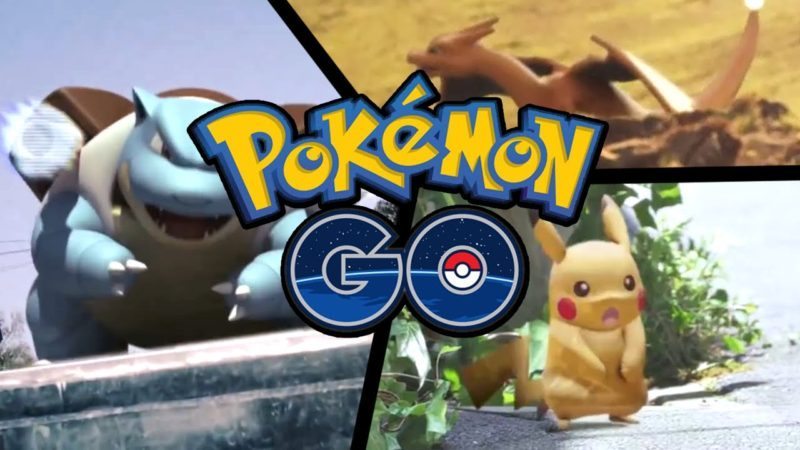How Niantic Plotted the Pokémon Go Phenomenon
Ashley Allen / 8 years ago

Pokémon Go has sent a swathe of humanity Pokécrazy. But is this mania a Pokéomenon or Pokégeddon? Either way, with around 10 million daily users in the US alone and becoming more popular than porn, Niantic Labs – the game’s developer – is celebrating. The augmented reality experience has taken half the world by storm, forcing gamers from their sofas and into the world, exploring towns and cities in search of those elusive pocket monsters, making new friends along the way, and Niantic CEO John Hanke told Business Insider that its explosive popularity was carefully planned.
Hanke revealed that Niantic had a number of goals for Pokémon Go, each feeding the intent to “facilitate the real-life stuff”. The CEO says the company wanted gamers to encourage exercise without making people feel like “failed Olympic athlete[s],” make friends, and “see the world with new eyes.”
Pokémon Go is effectively a redress of Ingress, Niantic’s previous foray into AR which found a way to integrate Google Maps for the purposes of gaming, back when the company was still a part of Google (it became independent following Google’s Alphabet rebrand and restructure).
The way Hanke tells it, Ingress was always designed as a proof-of-concept for larger projects – “Our intent was to make a platform for many different experiences,” Hanke said – and The Pokémon Company, whose CEO turned out to be an Ingress power-user, saw its potential. With the blessing of Nintendo, co-owner of the Pokémon licence, a collaboration was agreed and the invasion of the pocket monsters as we know it was initiated.
Presumably, Niantic did not intend for the game to lead to muggings, shootings, car accidents, stabbings, or walking off of cliffs. Swings and roundabouts.



















